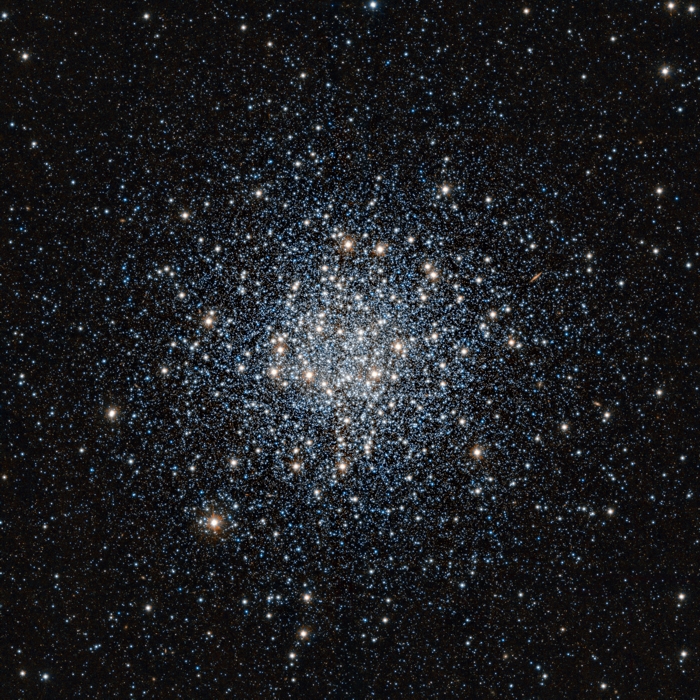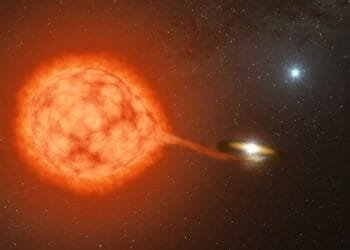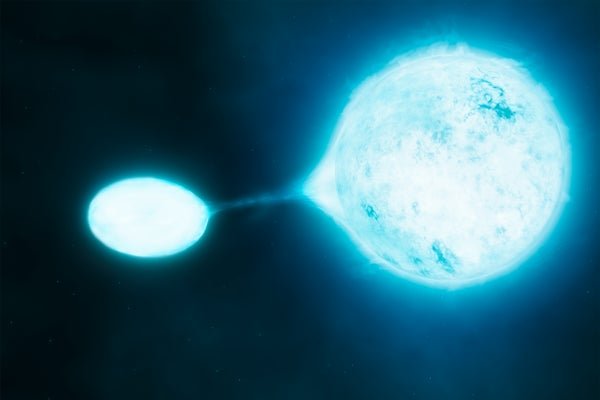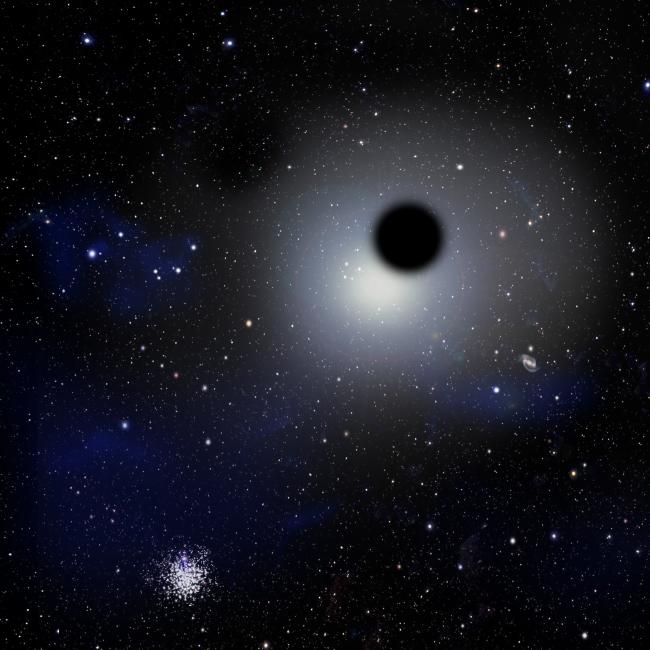Among the countless wonders of the universe, few events are as spectacular—or as terrifying—as hypernovae. These cosmic explosions release more energy in mere seconds than our Sun will produce in its entire 10-billion-year lifetime. If a supernova is the equivalent of a nuclear bomb going off in space, a hypernova is an all-out cosmic apocalypse, unleashing mind-bending forces that reshape galaxies and even forge the elements that make up life itself.
But what exactly are hypernovae? How do they form? And why do they matter to us, billions of light-years away? In this deep dive, we’ll explore these violent stellar deaths, the physics behind their explosive power, and their crucial role in shaping the cosmos.
What is a Hypernova?
A hypernova is an extremely powerful stellar explosion that occurs when a massive star—far larger than our Sun—reaches the end of its life. While a standard supernova results from a star collapsing under its own gravity and ejecting its outer layers in a massive explosion, a hypernova is an even more extreme version of this event. It’s the death of a supermassive star, one that is at least 30 to 50 times the mass of the Sun, and sometimes even more.
Unlike typical supernovae, hypernovae are often associated with the formation of black holes and are believed to be responsible for some of the most energetic phenomena in the universe, such as gamma-ray bursts (GRBs)—the brightest electromagnetic events known to science.
The Birth of a Hypernova: The Death of a Giant
To understand a hypernova, we need to go back to the star that produces it. These stars are true cosmic giants, burning through their nuclear fuel at an incredible rate. Unlike smaller stars, which can live for billions of years, these behemoths might last only a few million years before running out of hydrogen to fuse into helium.
1. The Life of a Massive Star
Stars shine because of nuclear fusion—the process in which lighter elements like hydrogen are fused into heavier elements, releasing vast amounts of energy. A massive star undergoes multiple fusion stages, creating elements like carbon, oxygen, neon, and silicon. Eventually, when iron forms in the core, the star faces a crisis.
Fusion stops when iron builds up because iron does not release energy when fused. Without fusion, the outward pressure that supports the star against gravity collapses, and within seconds, the core caves in on itself.
2. The Core Collapse and the Explosion
When the core collapses, temperatures skyrocket to billions of degrees. The iron core, unable to support itself, implodes, causing an enormous shockwave. This leads to two possible fates:
- If the collapsing core is around 2 to 3 times the mass of the Sun, it forms a neutron star—a dense, city-sized object made entirely of neutrons.
- If the core is larger than this threshold, it collapses into a black hole, an object with gravity so strong that nothing—not even light—can escape.
In both cases, the outer layers of the star are violently ejected, releasing an immense amount of energy. But in the case of a hypernova, the explosion is at least 10 to 100 times more powerful than a regular supernova, making it one of the most extreme events in the universe.
Hypernova vs. Supernova: What’s the Difference?
While both hypernovae and supernovae originate from collapsing stars, several key factors set them apart:
| Feature | Supernova | Hypernova |
|---|---|---|
| Star Size | 8-30 times the Sun’s mass | 30+ times the Sun’s mass |
| Energy Released | ~10^44 joules | ~10^46 joules (100 times more) |
| Remnant | Neutron star or black hole | Almost always a black hole |
| Explosion Type | Expands in all directions | Often associated with high-energy jets |
| Link to Gamma-Ray Bursts? | Rarely | Often |
Hypernovae often produce relativistic jets, high-speed beams of energy that shoot out at nearly the speed of light. These jets are thought to be responsible for the brightest bursts of energy in the universe—gamma-ray bursts (GRBs).
Hypernovae and Gamma-Ray Bursts: The Ultimate Cosmic Beacons
One of the most fascinating aspects of hypernovae is their connection to gamma-ray bursts (GRBs).
GRBs are intense flashes of gamma radiation that can be seen across billions of light-years. They are so powerful that, for a brief moment, they can outshine entire galaxies. Scientists believe that at least some of these bursts are caused by hypernovae, particularly when the explosion creates powerful jets of plasma and radiation.
How Hypernovae Create Gamma-Ray Bursts
- Core Collapse: As the massive star collapses, it forms a rotating black hole or a magnetized neutron star.
- Formation of an Accretion Disk: The collapsing material forms a swirling disk around the black hole.
- Launch of Relativistic Jets: Some of the material is ejected outward at near light-speed, creating jets of plasma that blast through the star’s outer layers.
- Gamma-Ray Emission: As the jets interact with the surrounding material, they generate powerful gamma rays, creating a burst that can be detected across the universe.
These gamma-ray bursts are so extreme that if one occurred within a few thousand light-years of Earth and was pointed in our direction, it could wipe out our atmosphere and cause mass extinction. Thankfully, hypernovae are extremely rare and typically occur in distant galaxies.
The Role of Hypernovae in Cosmic Evolution
Despite their violent nature, hypernovae are actually crucial for the existence of life. These explosions are responsible for producing heavy elements—the very building blocks of planets, moons, and even human bodies.
1. The Cosmic Forge: Creating Heavy Elements
During a hypernova, temperatures and pressures are so extreme that elements heavier than iron—including gold, platinum, and uranium—are synthesized in vast quantities. These elements are then scattered across space, eventually forming new stars, planets, and even life.
Every atom of gold in your jewelry, the iron in your blood, and the calcium in your bones was forged in the heart of an exploding star billions of years ago.
2. Seeding New Solar Systems
The shockwaves from hypernovae can trigger the formation of new stars by compressing nearby clouds of gas and dust. This means that hypernovae, despite being destructive, also play a key role in the birth of new celestial bodies.
Famous Hypernovae: The Most Powerful Explosions Ever Observed
Astronomers have observed several hypernovae in distant galaxies. Some of the most famous include:
- SN 1998bw – One of the first hypernovae linked to a gamma-ray burst. It occurred in a galaxy 120 million light-years away.
- SN 2006gy – One of the most powerful stellar explosions ever recorded, believed to be the result of a pair-instability supernova, a special type of hypernova.
- SN 2016aps – The most energetic supernova ever observed, releasing over 5 times more energy than a typical hypernova.
Could a Hypernova Ever Threaten Earth?
While hypernovae are incredibly powerful, they occur very far away from Earth. The closest star that could potentially go hypernova—Eta Carinae—is about 7,500 light-years away, far enough that even if it exploded, it wouldn’t pose a direct threat.
However, if a gamma-ray burst from a hypernova were to be directed straight at Earth, it could strip away our atmosphere and cause mass extinction. Fortunately, such an event is highly unlikely in our region of the Milky Way.
Conclusion: The Explosive Architects of the Universe
Hypernovae are the ultimate cosmic fireworks—explosions so powerful that they shape the very structure of the universe. While they are terrifying in their scale and intensity, they are also essential to cosmic evolution, creating the heavy elements that make life possible.
The next time you look up at the night sky, remember: every atom in your body was once part of a star that may have died in one of these violent, awe-inspiring events.











